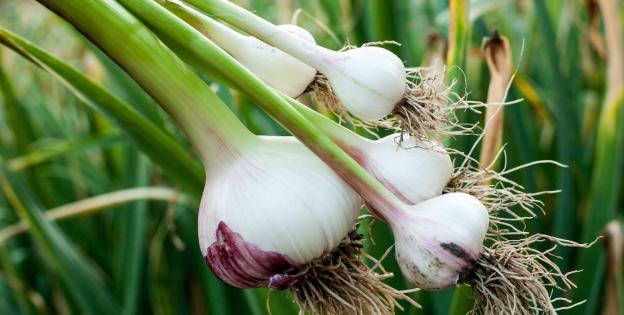- There’s some sense of empowerment in growing your own food, especially in the times we live in.
- Just like growing your cannabis flowers is the best way to obtain a quality product as well as to have greater control over the substances that will end up in our organism, veggies are best grown at home.

Although there are many reasons for growing your own vegetables at home, the two major reasons are better taste and greater security. When shopping for tomatoes, we don't really know where they come from or which pesticides and fertilisers have been applied to them. The large ecological footprint produced by purchasing no km 0 products aside, our health can end up suffering as a result of the use of some products commonly used by large-scale growers. That's why we want to show you how to grow great tomatoes at home. You'll clearly see how the quality and taste of home-grown tomatoes differ greatly from those of shop-bought tomatoes. Because… How many times have you come across tasteless, bland and mealy grocery store tomatoes?
We all know that tomatoes are not particularly easy to grow. However, we have prepared a simple step-by-step guide to make the growing process way easier. All you have to do is treat the tomato plant with care to reap great-tasting juicy tomatoes to use in all your recipes.
When to plant the seeds
There's one thing all growers must be careful with when planting tomatoes: the cold. They are warm-weather crops and a frosty night could ruin the entire harvest. That's why they're usually planted anytime between April and May in the northern hemisphere. You know the weather in your region better than anyone. Just make sure to start your seedlings once the good weather has come to stay.
Each variety needs a certain amount of time to grow although it's typically around 3 months. Do the math and place your tomato plants in a sunny spot.
Germination
Given their prolonged life-cycle, tomato seedlings can be planted in small greenhouses or seedbeds and then repotted in the garden. This way, we would avoid some common problems most gardeners face while starting a tomato grow, such as frosty nights and birds. What many growers do is buy a small plant from a garden centre at a reasonable price. This last option is actually the most recommended for rookies.
How to choose the best spot
Tomato plants thrive in sunny spots, so we recommend finding one where they could receive some hours of direct sunlight. As for the soil, make sure it's airy, and with a good drainage capacity for tomato plants hate watery soils. Have a look at the following tips:
- Excessively nitrogenised soils could hamper plant flowering and fruiting.
- We recommend adding some worm castings before transplanting the seedlings to provide tomato plants with all the nutrients they need to grow strong and healthy.
- Make sure there's enough room between seedlings. A distance of 40 cm between plants would be just right. Crowded conditions lead to the occurrence of pests and diseases due to a lack of aeration, especially in northern climates. If too separated, weeds could grow all over the area resulting in more work for you.
- Pests and diseases love feasting on tomato plants. It's very important to keep a close eye on them as well as to pick hardy varieties.
How to water tomato plants
Make sure you provide your plants with plenty of water after transplanting to offset transplant shock.
Early morning irrigation will be enough for them to go through the entire day. Try not to start your watering routine late in the afternoon or at night.
Five weeks after the transplantation, you can start mulching your tomatoes to improve water retention and avoid the emergence of weeds.

Most common plagues and diseases in tomato plants
As mentioned earlier, tomatoes are not the easiest crop, mostly due to their propensity to suffer from all kinds of diseases and pests. These are the most common ones:
- Aphids
- Caterpillars
- Whiteflies
- Spider mites
- Heliothis
- Leafminers
- Tomato pinworms
- Thrips
- Downy mildew
- Powdery mildew
When and how to provide support
When cultivated vertically in home gardens, tomato plants require support from stakes, trellises or cages. The right moment to start using them is when the plant begins to develop. Bamboo stakes make an excellent choice, as long as they're clean enough. Metal stakes are equally adequate, plus they're more resistant to inclement weather. Stake the plant without damaging the roots.
When are tomatoes ready to harvest?
Tomatoes must be harvested as they ripen, after the 10th-12th week. The colour is a good indicator of when to pick them. Make sure you pick them all before the first frost of the season, though. Keep your eyes open for overripe tomatoes as well. If that happens, they will fall and rot very quickly.




Comments from our readers
There are no comments yet. Would you like to be the first?
Leave a comment!Did you like this post?
Your opinion about our seeds is very important to us and can help other users a lot (your email address won't be made public).